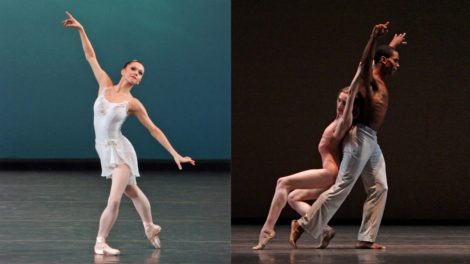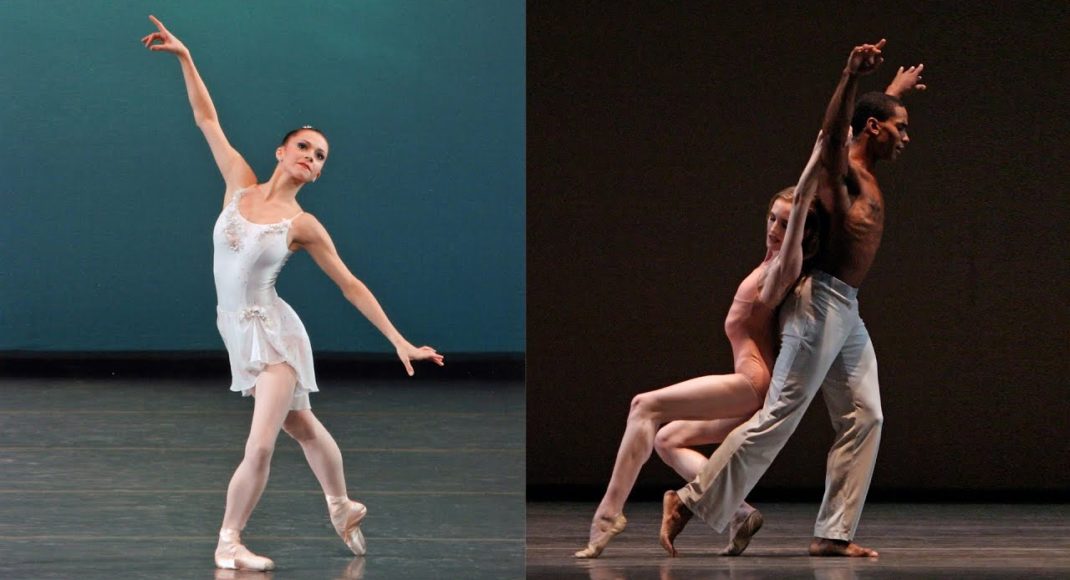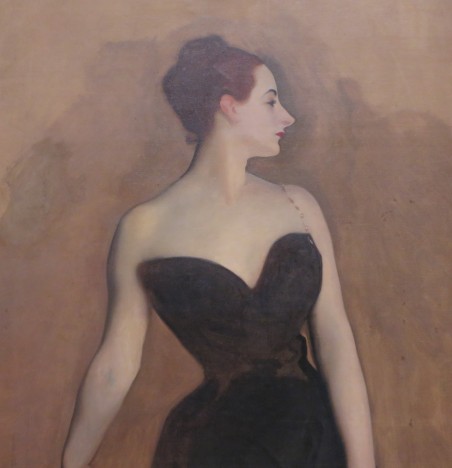4 May 2020. Digital Spring Season
For me the two works on this New York City Ballet digital program are worlds apart. I have loved Ballo della Regina, choreographed by George Balanchine especially for Merrill Ashley in 1978, since I first saw it years ago now. On the other hand, After the Rain, choreographed by Christopher Wheeldon for Wendy Whelan and Jock Soto in 2005, has never been a favourite for me, especially when only the pas de deux is shown rather than the whole work.
The production of Ballo della Regina that was streamed on this occasion was filmed in 2016 and featured NYCB principals Megan Fairchild and Anthony Huxley in the leading roles. I was interested to hear, in the introduction to the program, that Merrill Ashley handed down the ballet to Fairchild for her graduation performance from School of American Ballet in 2002. A graduation performance! And from the astonishing performer Merrill Ashley! Well the film was made around 14 years or so after that graduation and Fairchild has more than lived up to Ashley’s belief in her.
Ballo della Regina is probably not the most intellectually demanding ballet in any repertoire but it must surely be one of the most technically demanding. The female lead needs such fast and precise footwork, incredible musicality to keep the footwork in time with the music, and extraordinary energy. And the steps themselves are beyond the ordinary with unexpected changes of pace and direction and exceptional use of the pointes. The male lead is also pushed technically, again with unexpected additions to standard movements. Both Fairchild and Huxley rose to the occasion and gave a performance that equalled any I have seen before and surpassed most.
Like most streaming programs Ballo is only available for a short time, but here is a short excerpt from the ballet with commentary by Fairchild, which should be available for longer.
The ballet is such a wonderful example of Balanchine’s choreography. We expect to a certain extent the fast footwork (although perhaps not always as demanding as we see in Ballo della Regina) but in Ballo we also see his particular use of arms and upper body (unusual inclines of the body and again those unexpected combinations). Then, when the whole cast is on stage, we notice so clearly his particular use of space along with the way he places the dancers in that space. Ballo was a great addition to the many available lockdown programs.
As for After the Rain, I have never liked what to me are awkward poses—upturned feet, parallel positions, crouching and collapsing bodies, back views of the dancers and manipulation of bodies using the feet, for example. They sit uncomfortably alongside those parts of the pas de deux that are anything but awkward. Still it was interesting to see Wendy Whelan in the role that was made on her. She was partnered by Craig Hall and the performance was filmed in 2012.
Michelle Potter, 4 May 2020
Featured image: Promotional image for Ballo della Regina and After the Rain pas de deux. New York City Ballet, 2020



